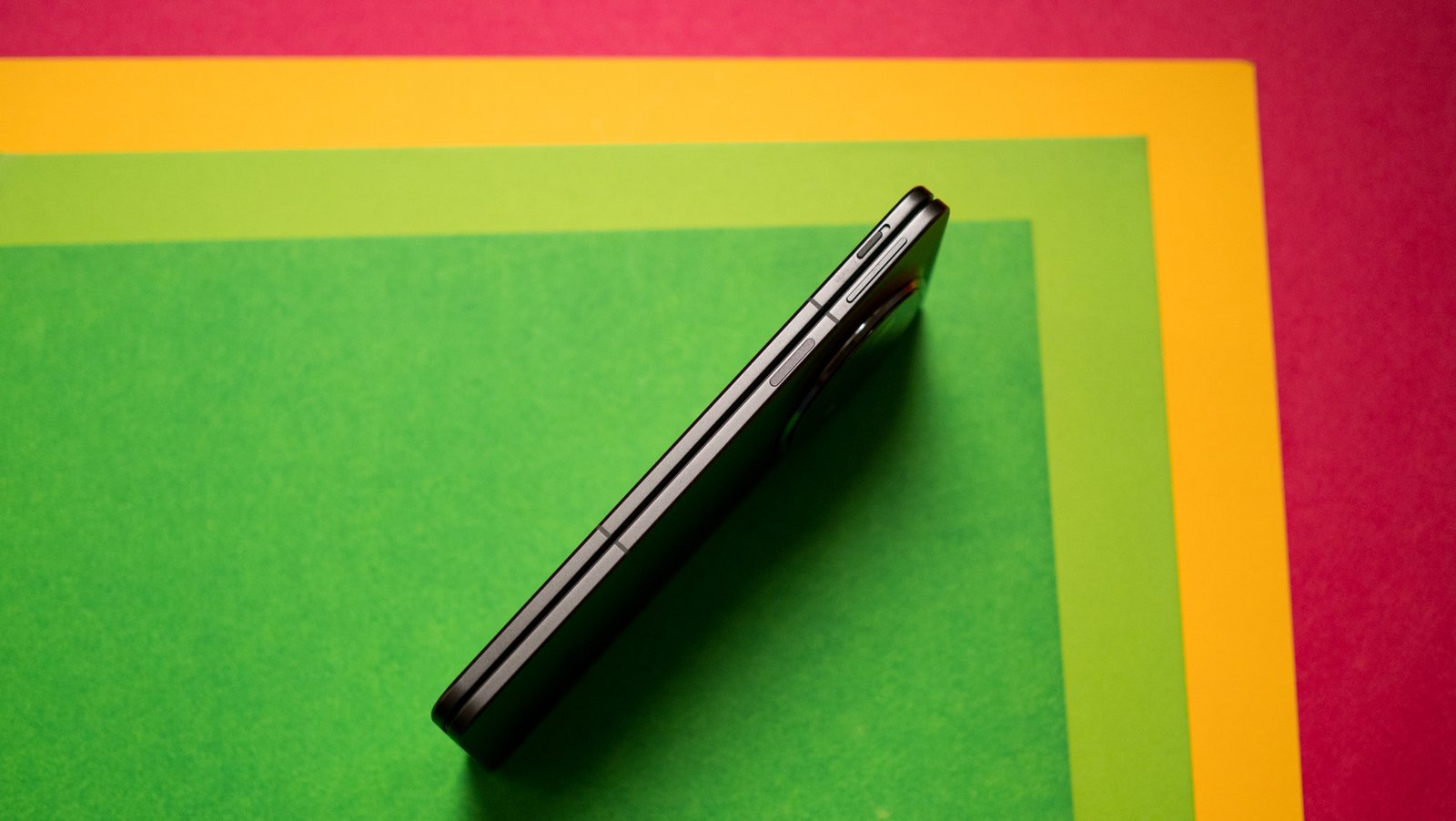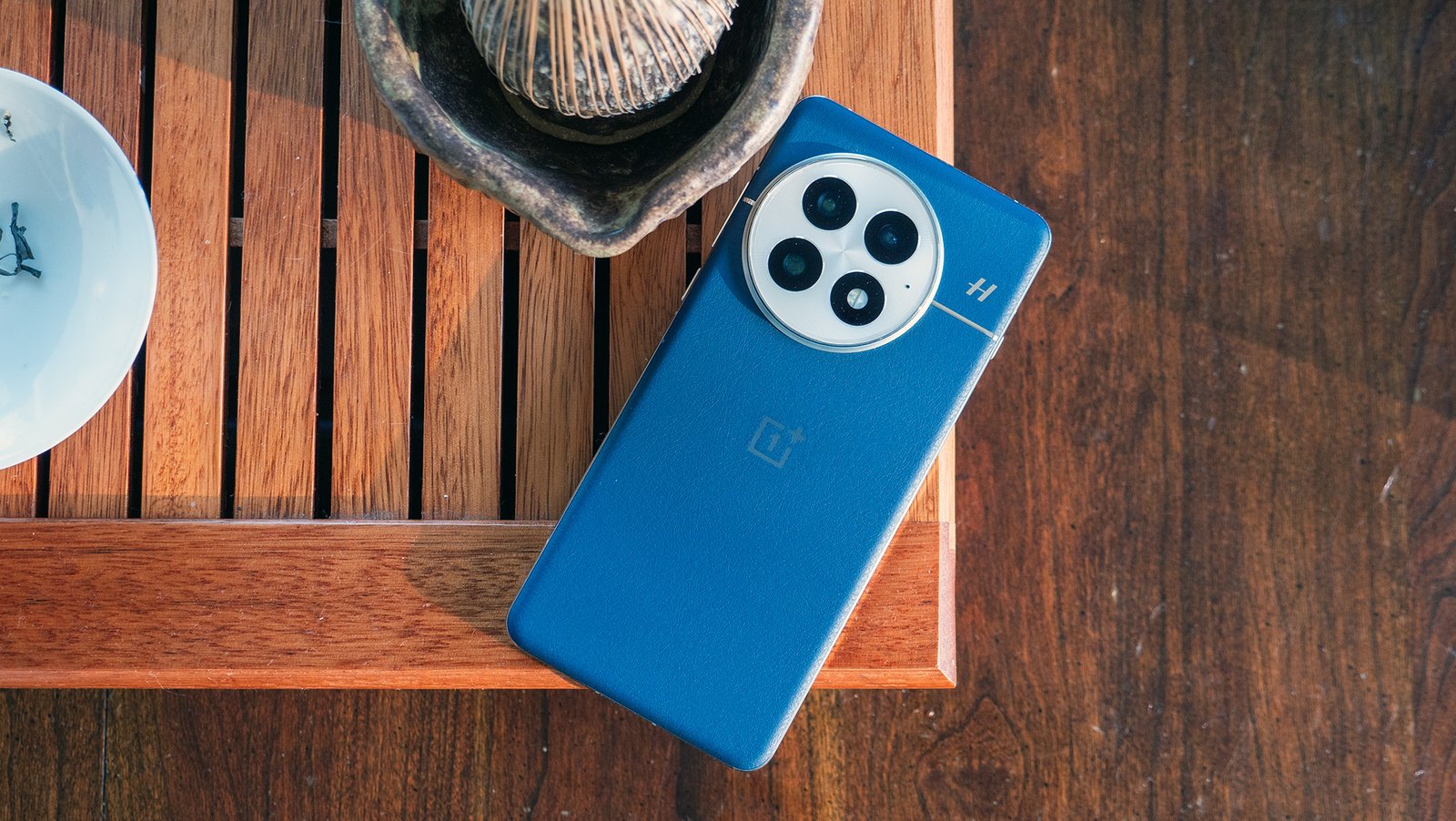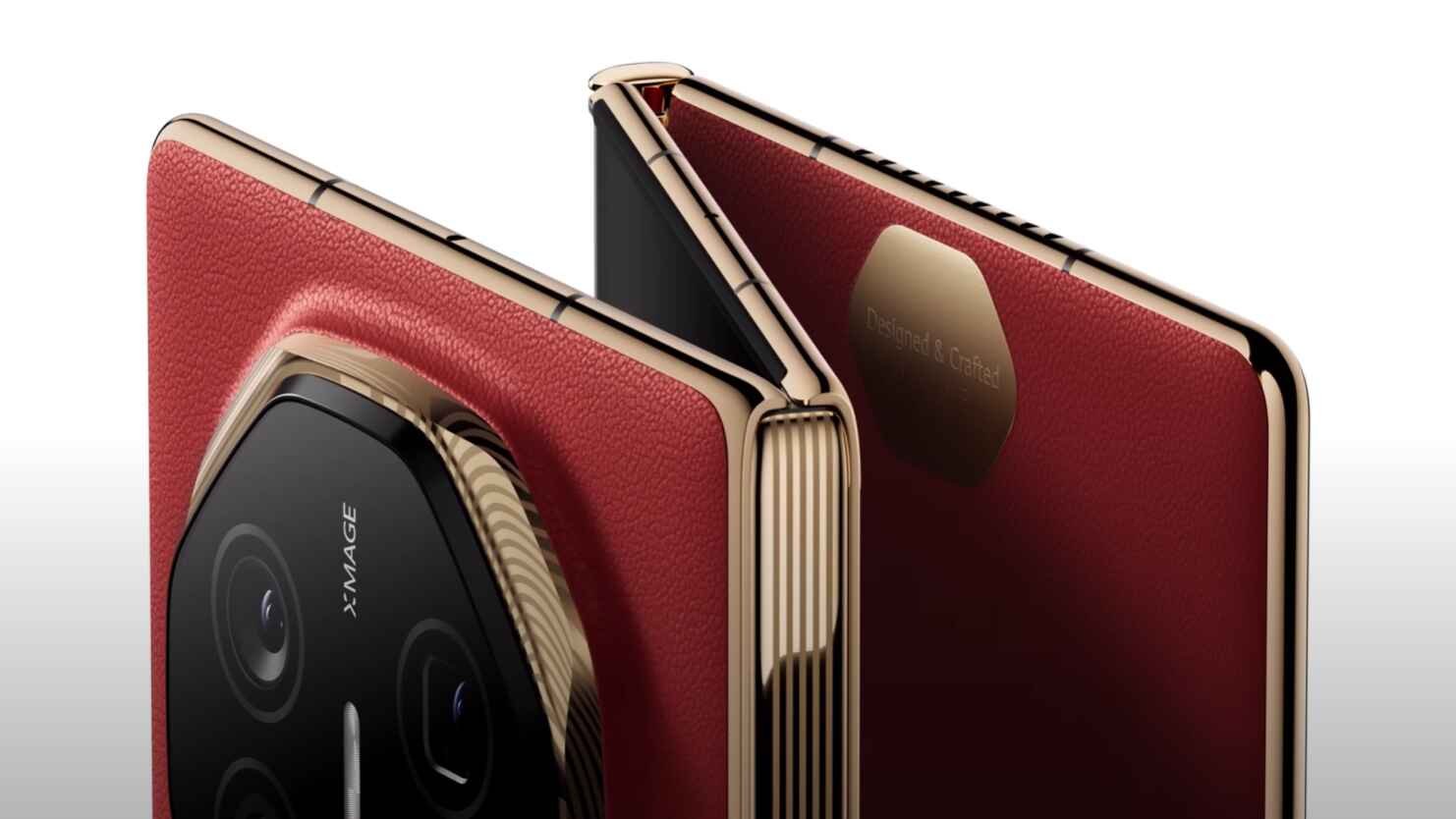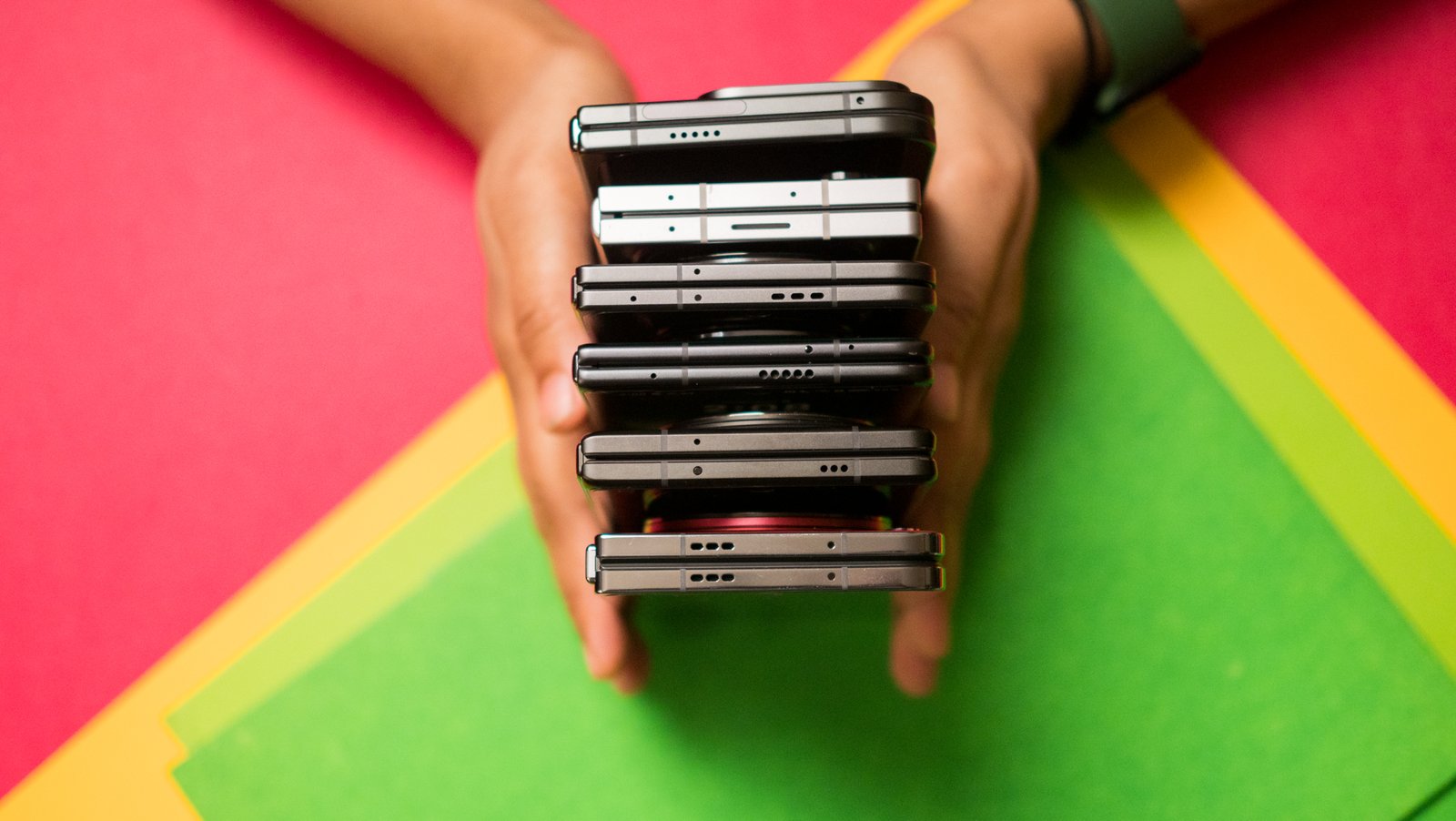OPPO has just released the Find N5, a remarkably thin foldable phone that may give Samsung cause for concern. Despite being as thin as a standard non-folding smartphone, the Find N5 boasts a much larger display. When closed, it feels no different than a regular phone but still manages to offer a range of top-tier specs and features. It almost seems too good to be true, setting a new benchmark for phones that I hope other manufacturers will strive to achieve.
Having used the OPPO Find N5 for about a week, I must admit that while I typically prefer flip phones over larger foldables, what OPPO has accomplished here is truly impressive. This phone is a complete package, featuring a Snapdragon 8 Elite processor for outstanding performance, excellent Hasselblad cameras, impressive displays, and a larger battery than the much thicker Galaxy Z Fold 6.
One noteworthy aspect is OPPO’s approach of releasing an extremely thin foldable phone, similar to Honor’s strategy, aiming to call out Samsung for its noticeably bulky phones. The company attributes this thinness to its battery technology, also featured in the OnePlus 13, which utilizes 10% silicon to create a denser battery unit without compromising on capacity or charging speed.
This development is significant, impacting not only traditional candy bar phones and current foldables on the market but also potentially influencing other form factors and device categories.
Less is more and more is also more

OPPO and OnePlus have demonstrated with their new battery technology that there are two potential approaches. In the case of the OPPO Find N5, the “less is more” approach was taken, focusing on creating an ultra-thin phone. This is significant because there is a resurgence in demand for thin phones, and the ability to increase battery capacity in such devices is highly beneficial.
There has been some debate regarding upcoming devices like the Galaxy S25 Edge, with Android Central staff divided between those favoring thinness and those concerned about potential sacrifices. Personally, I am leaning towards avoiding a thin phone if it means sacrificing battery life. This shift in focus towards thinner phones has led to anticipation for Apple’s rumored slim iPhone launch this year, indicating a re-emergence of the thin phone trend from the past.

On the other hand, the OnePlus 13 took the “more is more” approach by prioritizing a larger battery over thinness. Despite this focus, the phone managed to be thinner and lighter than its predecessor while offering a battery that is 600mAh larger. This demonstrates that companies no longer have to compromise between a sleek design and extended battery life.
It may take some time for other manufacturers to catch up with this technological advancement due to the slow evolution of battery tech. Samsung, in particular, faced challenges in this area previously, underscoring the importance of staying ahead in this crucial aspect of smartphone development.
Samsung should be paying attention
While it is impressive that the OPPO Find N5 is the thinnest foldable phone currently available, the impact goes beyond OPPO and the existing market offerings.
Multiple-fold devices have started appearing, mainly as concept devices, with Huawei being the first to launch a globally available model. This engineering marvel may seem excessive until you experience its versatility. The potential of having a device that transforms into a full-fledged tablet is intriguing, although the thickness when folded, such as with the Huawei Mate XT at nearly 13mm, may be off-putting compared to the Galaxy Z Fold 6 at 12.1mm.
Rumors suggest that Samsung is working on a multi-fold phone, with various concept devices showcased over the years. However, given Samsung’s track record in foldable design and the declining sales in this segment, the success of such a device remains uncertain. Consumers are unlikely to embrace a 14 or 15mm-thick phone protruding from their pockets.
This is where the Find N5 sparks excitement. It could potentially pave the way for a future multi-fold phone from OPPO, reducing a few millimeters from the Mate XT’s 12.8mm thickness. This adjustment could make the new foldable type more appealing to smartphone users seeking versatility.

Other devices and form factors could also benefit from this innovation. The OnePlus Watch 3/OPPO Watch X2, for instance, showcases what can be achieved with larger batteries, lasting up to five days in smart mode and 16 days in power save mode. This achievement is unprecedented among Wear OS watches and results from OnePlus and OPPO’s ability to incorporate a larger battery without compromising usability.
I am particularly eager to see the impact on flip phones. Despite being my preferred smartphone form, I have expressed concerns about the thickness of these devices when folded. The advancement in battery technology teased by OPPO during the Find N5 launch suggests that a thinner, more impressive flip phone may be on the horizon, hinting at potential competition for Motorola.
No more excuses

Samsung has been vocal about its goal of popularizing foldable devices and has invested significantly in this endeavor. Despite initial success with the Z Fold and Z Flip series, recent reports indicate a slowdown in growth, possibly linked to a perceived lull in innovation within Samsung’s foldable lineup.
As a result, Samsung is reportedly revising its shipping targets for upcoming foldables. However, the company remains optimistic about the potential of its foldable offerings to drive demand, especially as competitors surpass Samsung in areas such as design, innovation, and sales figures.
It’s vital for the leading Android OEM not to relinquish its position in the foldable market
